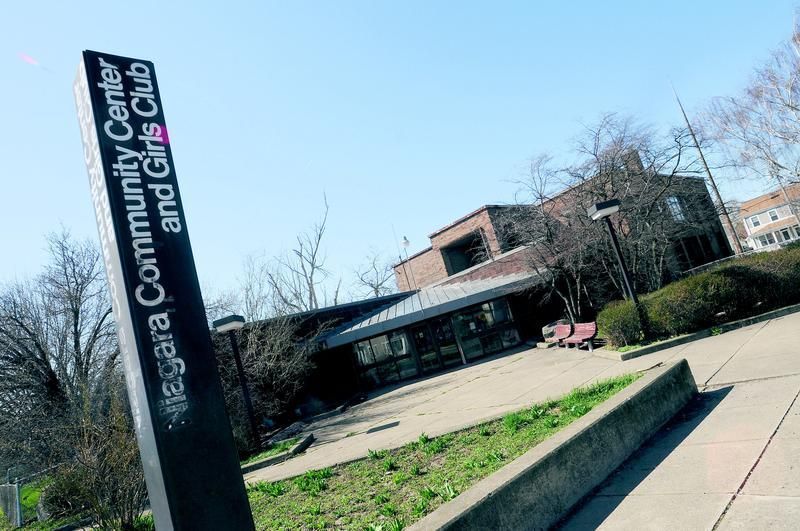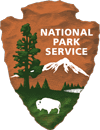Niagara Community Center
An all-purpose community center soon becomes the heart of the Black community in Niagara Falls, NY.
The Niagara Community Center was the first Black recreational center in Niagara Falls, NY. Prior to its founding, the Black community used the local YMCA for their recreational needs. In the late 1920s, Black patrons were reportedly told to get their own recreational center, by either YMCA representatives or white patrons.
In response, three community leaders approached a division of local government to sponsor a recreational center for the Black community. One of these leaders, Benjamin W. Bolden, had been previously denied membership at the local YMCA in 1925.
In 1928, John Magnus Pollard, Sr., of the Playground and Recreation Association of America, conducted a local study on the social and recreational needs of the Black community. The study revealed that an overwhelming majority of African Americans wanted a community center of their own.
The Niagara Community Center opened on October 9, 1928 in the South End of the city. Its mission “was to promote social, recreational, and cultural activities for the black residents of Niagara Falls, with special emphasis on programs for young people.” As membership grew, the center moved to a larger space in 1931 and then to the North End in 1952. It was located at 15th Street and Centre Avenue in the flourishing Black neighborhood of Highland Avenue.
At Pollard’s recommendation, the first two directors of the Center were women: Ann Palmer and Romania L. Grisby. Both were active in community affairs. Pollard became the center’s third director in 1931. The Black community held Pollard in such high esteem that some originally suggested the center be named after him.
During the Great Depression, the center became more important than ever. It helped members find jobs and, for new migrants, lodging in the city. Center leadership was also outspoken in their opposition to the systemic housing discrimination that African Americans experienced in the Falls.
Local and national leaders spoke at the center on important racial issues. “Numerous groups used the [c]enter as a meeting place. Activities [like these] were ongoing and usually well attended, making Pollard and the Niagara […] Community Center important and respected names in Niagara Falls.” The local NAACP chapter, which formed in 1943, was even headquartered there.
Overall, the center has been described as “the heart of the entire black community,” and “the greatest single accomplishment achieved by” African Americans in Niagara Falls. Unfortunately, its “last programs were held in late 2007 or early 2008” and the building was demolished in 2019.
Hope L. Russell, Ph.D.


